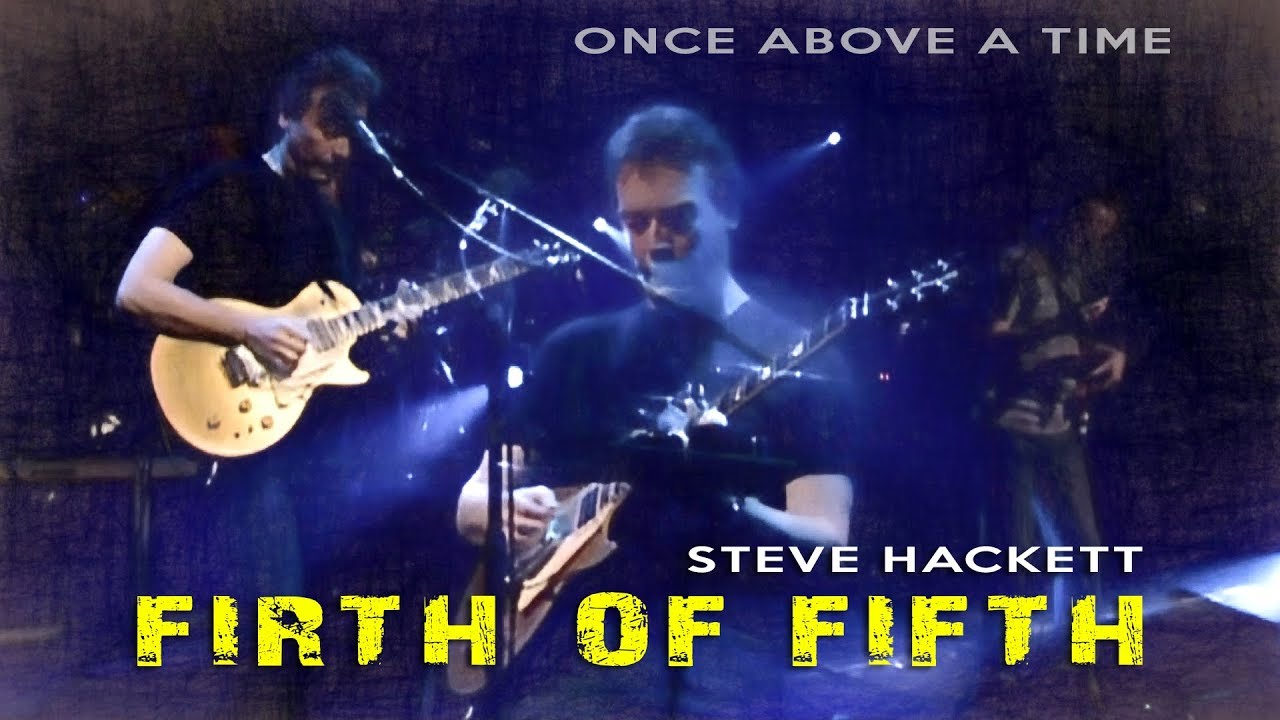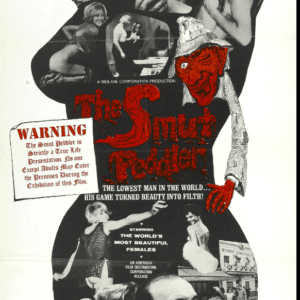Steve Hackett – Firth Of The Fifth
Description
“Firth of Fifth” is a song by the British progressive rock band Genesis. It first appeared as the third track on the 1973 album Selling England by the Pound, and was performed as a live piece either in whole or in part throughout the band’s career.
Composition

The title is a pun on the Firth of Forth, the estuary of the River Forth in Scotland. The song theme relates to the “river of constant change”, as quoted in the closing line. Though the song is credited to the entire band, most of the music was composed by keyboardist Tony Banks, with a prominent solo by guitarist Steve Hackett based on the flute melody composed by Banks. Banks had written the bulk of the song by 1972, presenting it as a candidate for the album Foxtrot (1972), but it was rejected. He redesigned the piece, which the group accepted as a candidate for Selling England by the Pound. Banks, who worked on the lyrics with Mike Rutherford, later dismissed them, saying they were “one of the worst sets of lyrics [I have] been involved with”.[citation needed]
The song has 3 distinct musical parts. It starts out with a classical-style grand piano introduction played by Banks in the key of B flat. This section is rhythmically complex, with certain bars in the rare time signatures of 13
16 and 15
16, alternating with bars of 2
4. This section changes tempo and segues into the first verse (of three) of the song, accompanied by Phil Collins on drums and a chord progression between the Hammond organ (Banks) bass (Rutherford) and guitar (Hackett).
After the first 2 verses, a short bridge leads into an instrumental section that starts with a flute melody played by Peter Gabriel, followed by a synth-driven section which restates the opening piano theme. Hackett then restates the flute melody using violin-like guitar tones. Peter Gabriel sings the third verse of lyrics and a closing line before Banks concludes the song on piano, restating a motif from the opening section before fading out.








